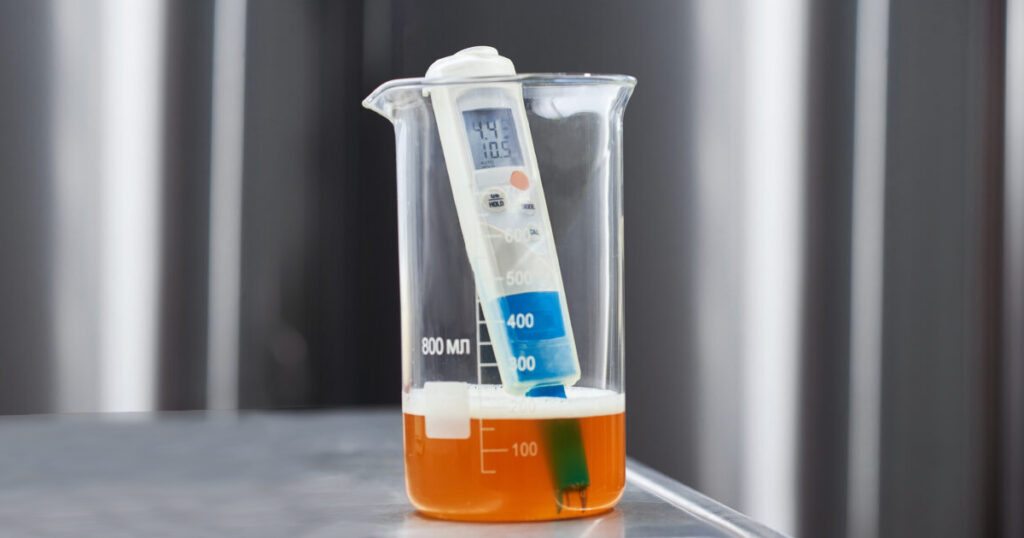pH Monitoring
Acid in Beer: The Science and Scientists
In 1909, the head scientist of Carlsberg Research Laboratory, S.P.L. Sørensen introduced the pH scale as an easy way to conceptualize acidity of aqueous solutions. His research, funded privately by Carlsberg Brewery, was part of the efforts to understand the biochemical processes of brewing and fermentation.
Read MoreThe Importance of pH Monitoring During Brewing
A world-class beer demands intentional preparation and technique, and monitoring is an important part of the process. Learn more about how monitoring provides much more detailed and accurate information than sampling, saving precious time and effort.
Read MoreBrewMonitor: A Look at Fermentation Data Curves – pH Examples
BrewMonitor provides complete visibility into the events that transpired and techniques that were employed during a fermentation. This series of articles will explore examples of data curves from specific parameters, as they were recorded from the fermentation of various styles in different scenarios. In this installment we step through some examples of typical pH curves.
Read MoreProtein Haze: How Understanding pH Will Help You Brew Intentionally Unclear Beer
Have you caught the haze craze? Until the last decade, hazy beers tended to show up primarily as mistakes or unfiltered styles like Belgian and German wheats. There are many ways to create protein haze in beer and more ways to avoid it. This article explores the role pH plays in crafting successfully murky beers.
Read More




